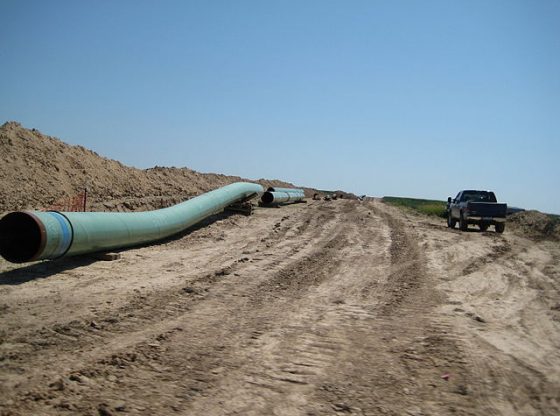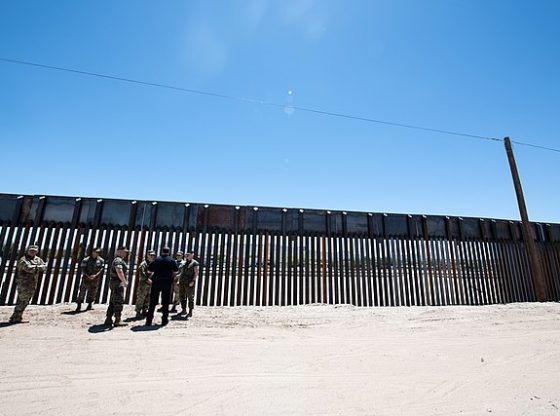Expanding cracks and fissures, signs of possible seismic activity, have prompted officials to close parts of Grand Teton National Park, next to Yellowstone and atop a long-dormant supervolcano.
Fox News reports:
Grand Teton National Park sits atop the Yellowstone supervolcano, which last erupted 630,000 years ago and ejected 240 cubic miles of rock, ash and volcanic dust into the sky and left a 34 mile by 50 mile depression in the ground.
If there was an eruption of the Yellowstone supervolcano, which government officials and scientists have said is unlikely, the result would be a devastating amount of ash and sulfur spewed into the air. That, in turn, could destroy crops and even alter the climate.
A supervolcano would be exponentially more powerful than the 1815 eruption of remote Mount Tambora, widely regarded as the most destructive in recorded history, which ejected enough ash into the stratosphere to produced what contemporaries called “the year without a summer.”














